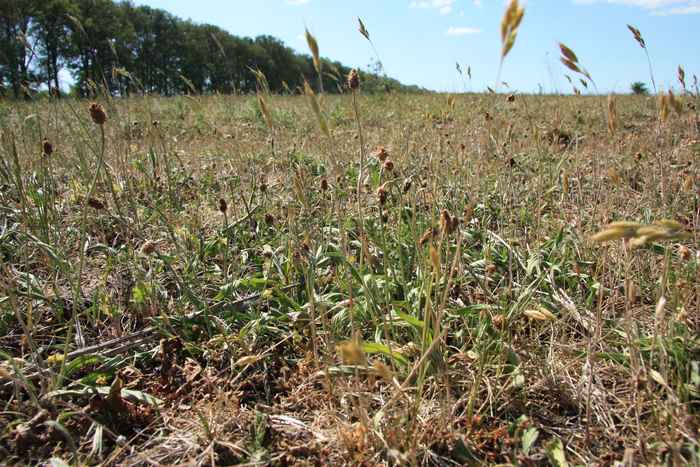Natuurmonumenten and University of Amsterdam investigate effects of chronic drought on nature
26 October 2020

Researchers from the University of Amsterdam’s Institute for Biodiversity and Ecosystem Dynamics have constructed small, wooden roofs in five areas managed by Natuurmonumenten that will exclude 80% of precipitation over the next four years. Each location has several roofed plots and paired control plots to allow the researchers to investigate how nature responds to drought. Two sites are located in the Planken Wambuis nature reserve near Mossel and Dennenkamp and in the southern part of Reijerscamp. The other sites are near the Loenen woods, in grassland in the Hoeve Delle nature reserve and in heathland in the Reeënberg nature reserve. The study will last until the end of 2023. After three years, one set of roofs will be removed to see how nature recovers.
Nature development
Four of the five locations in which the roofs are located are former farmland that has been transformed into new species-rich nature. Because this transformation occurred at different times at the different sites, together these sites form a timeline, or chronosequence, of developing nature of 10, 15, 20 and 25 years old. These sites are slowly turning into heathland, and in the older sites you can already see heather plants recolonising. The fifth location is an intact heathland and a sixth location has been added on recently abandoned farmland. In this way, the researchers can find out exactly how nature of different ages responds to drought and whether young nature or old nature is more resistant to drought.

Franciska de Vries: ‘Recently abandoned agricultural soil is very rich in nutrients such as nitrogen and is still very disturbed. This means that initially, you see fast-growing grasses and forbs appear. Over time, as the soil becomes less rich in nitrogen and less disturbed, these make way for slower-growing species. Eventually, when the soil has become poor enough, some heather plants will come back – but that can take up to 25 years.’
Soil
‘It’ not just the aboveground vegetation that changes after land is taken out of agricuktural production; important changes also occur in the soil. The soil community shifts from one dominated by bacteria to one that includes many more fungi, which in turn has an effect on then plant community. We believe that these soil organisms play an important role in how vegetation responds to drought.’
Ellen ter Stege, ecology forester at Natuurmonumenten: ‘In the past dry summers, we have seen in many places that grasses are much less resistant to drought than forbs. In the Veluwe grasslands, part of the grasses turned brown and then died. We now see that species like yarrow, cranesbill and sheep’s sorrel are becoming more common. Natuurmonumenten hopes that this research will shed more light on the effect of drought on various plant species.’
De Vries: ‘If we know how nature responds to chronic drought, which plant species benefit and which do not, and understand the role of interactions between soil organisms and plants, we can take measures to make nature more resilient to drought.’